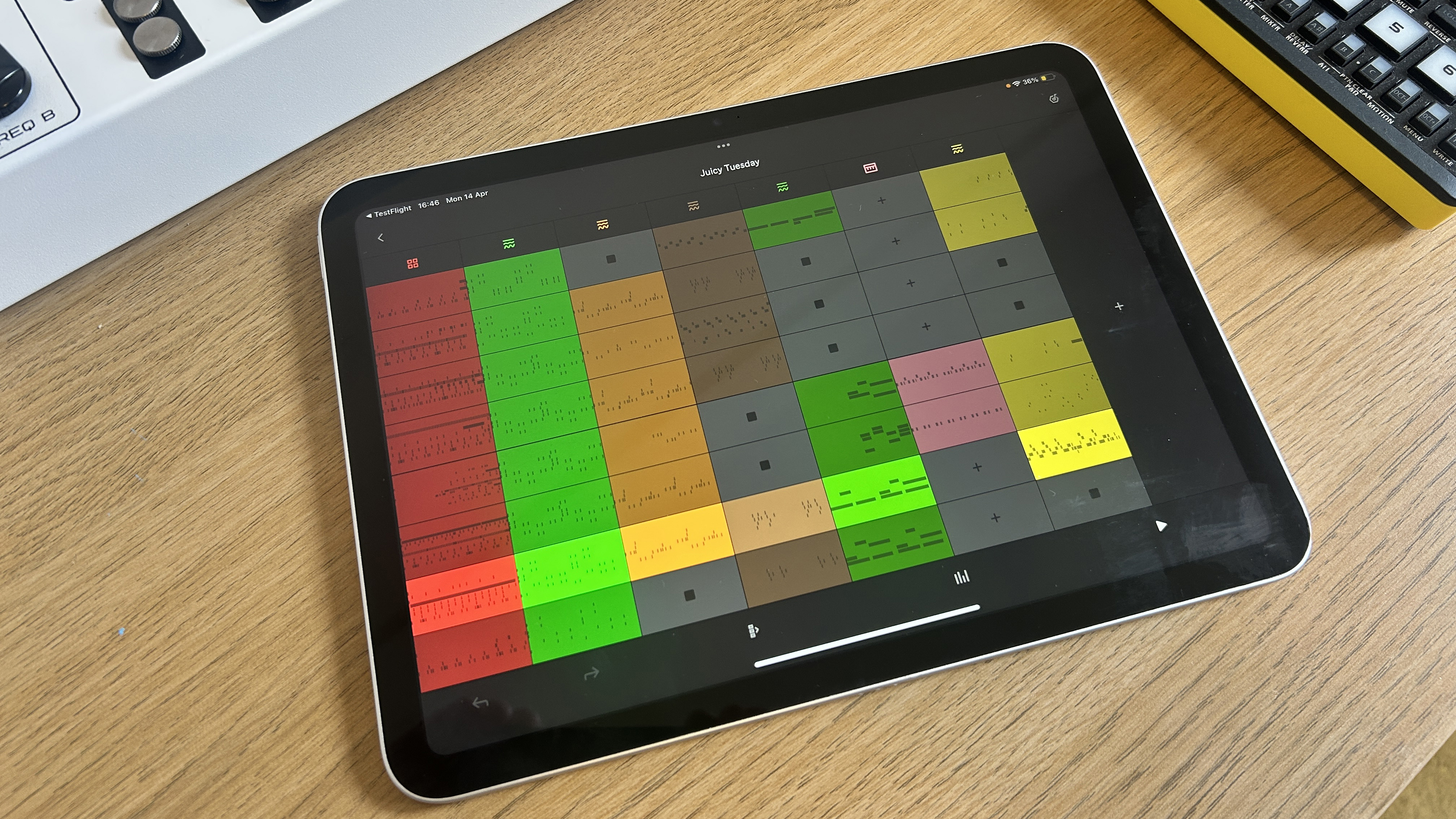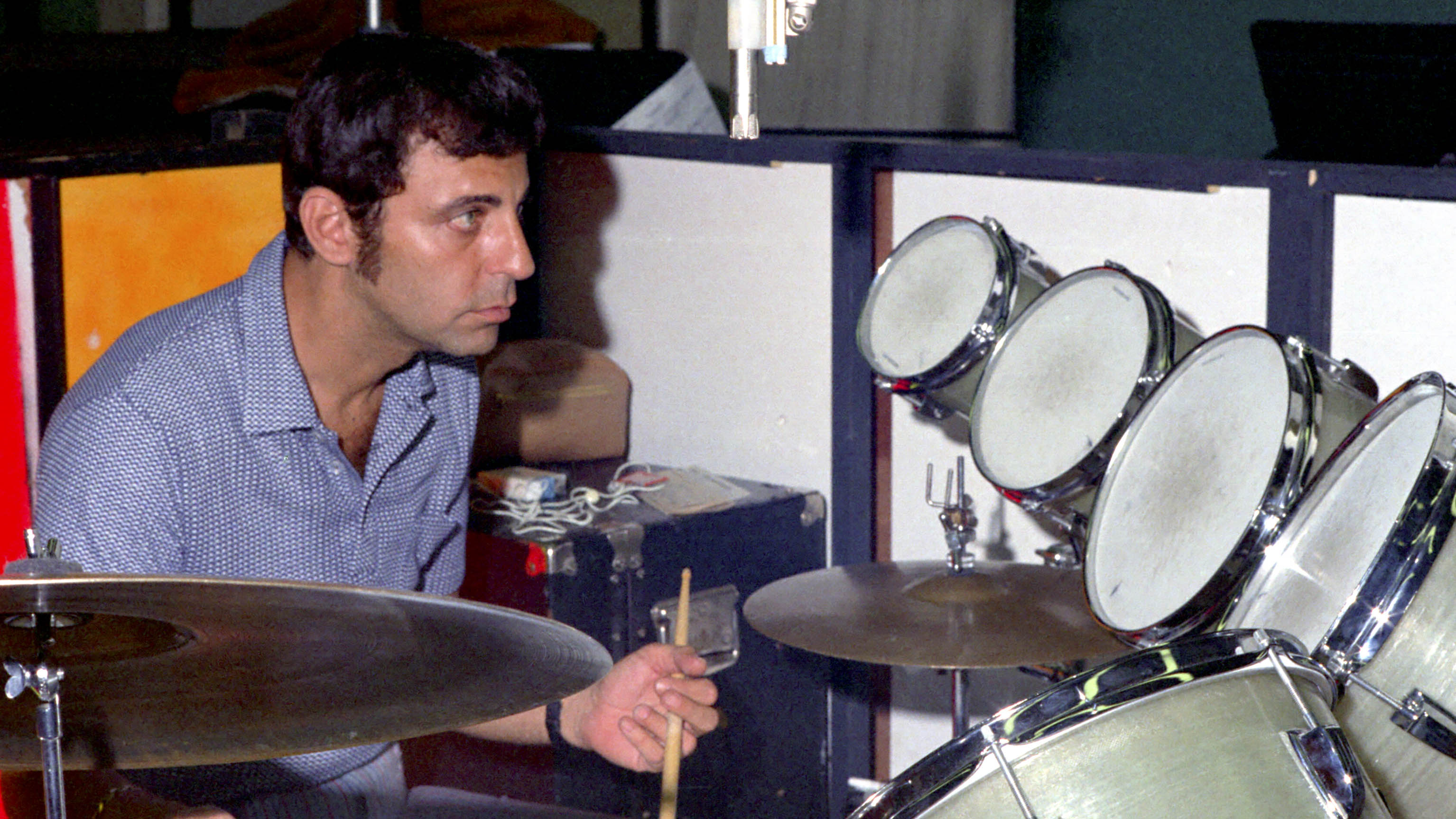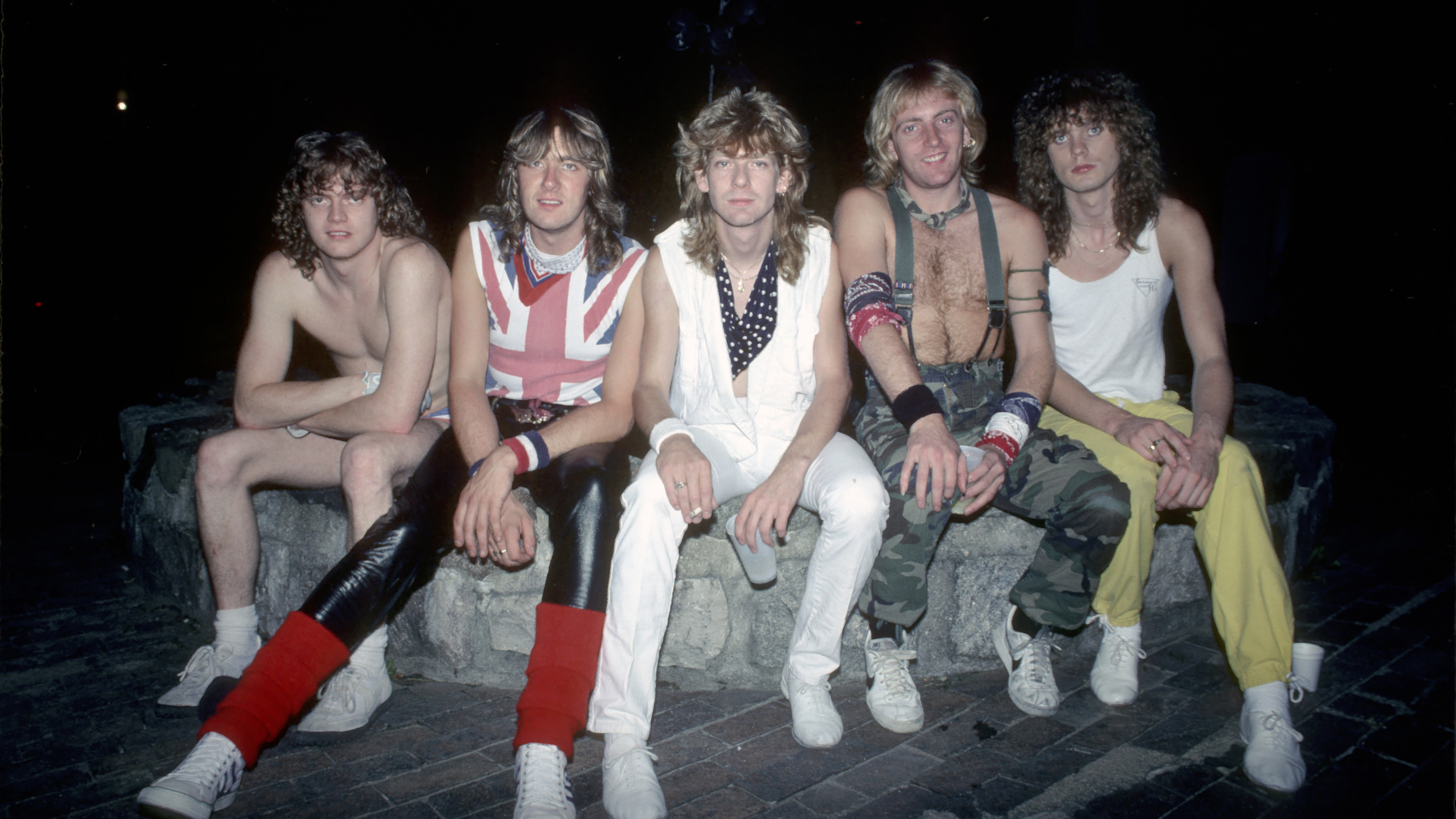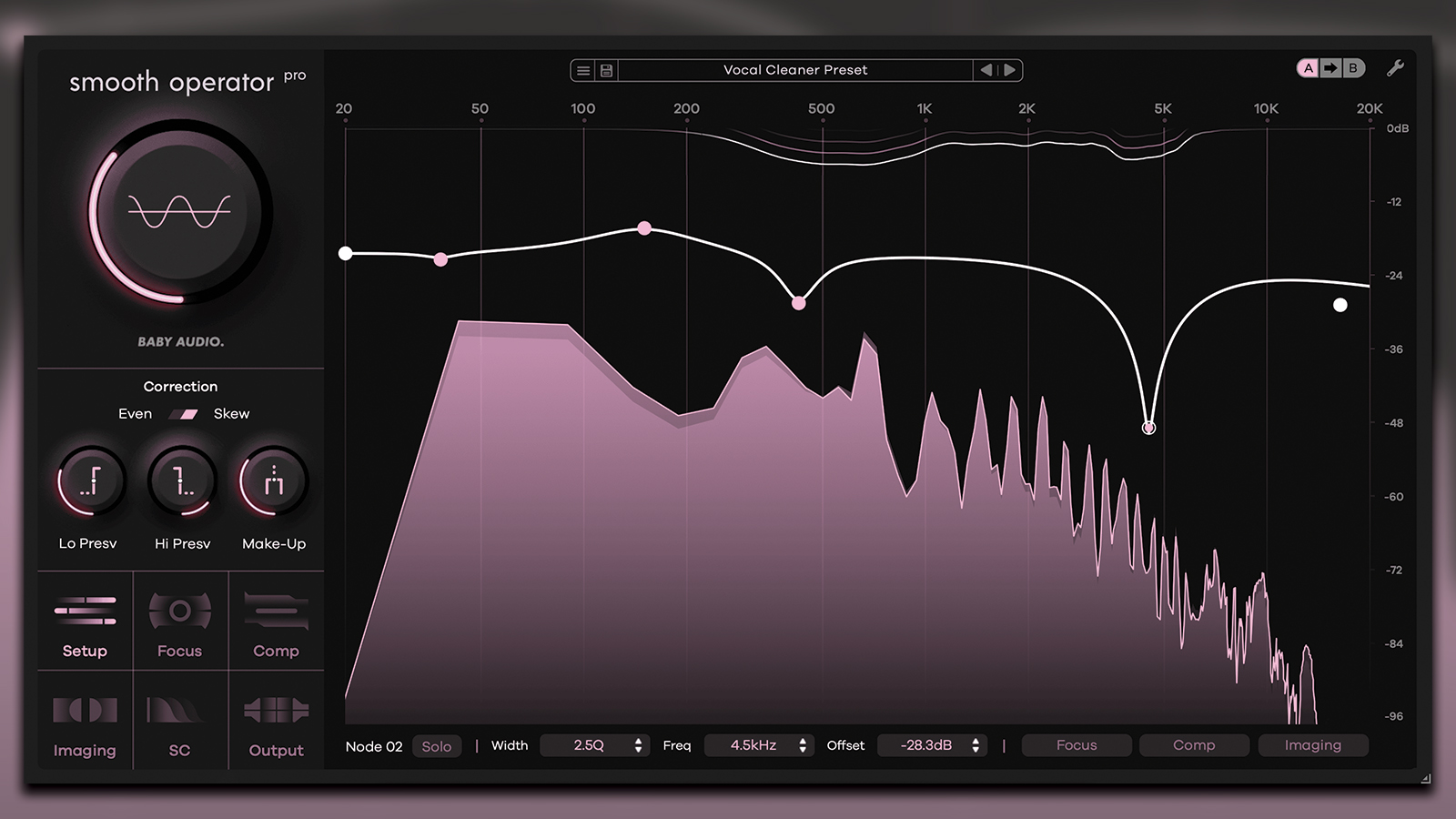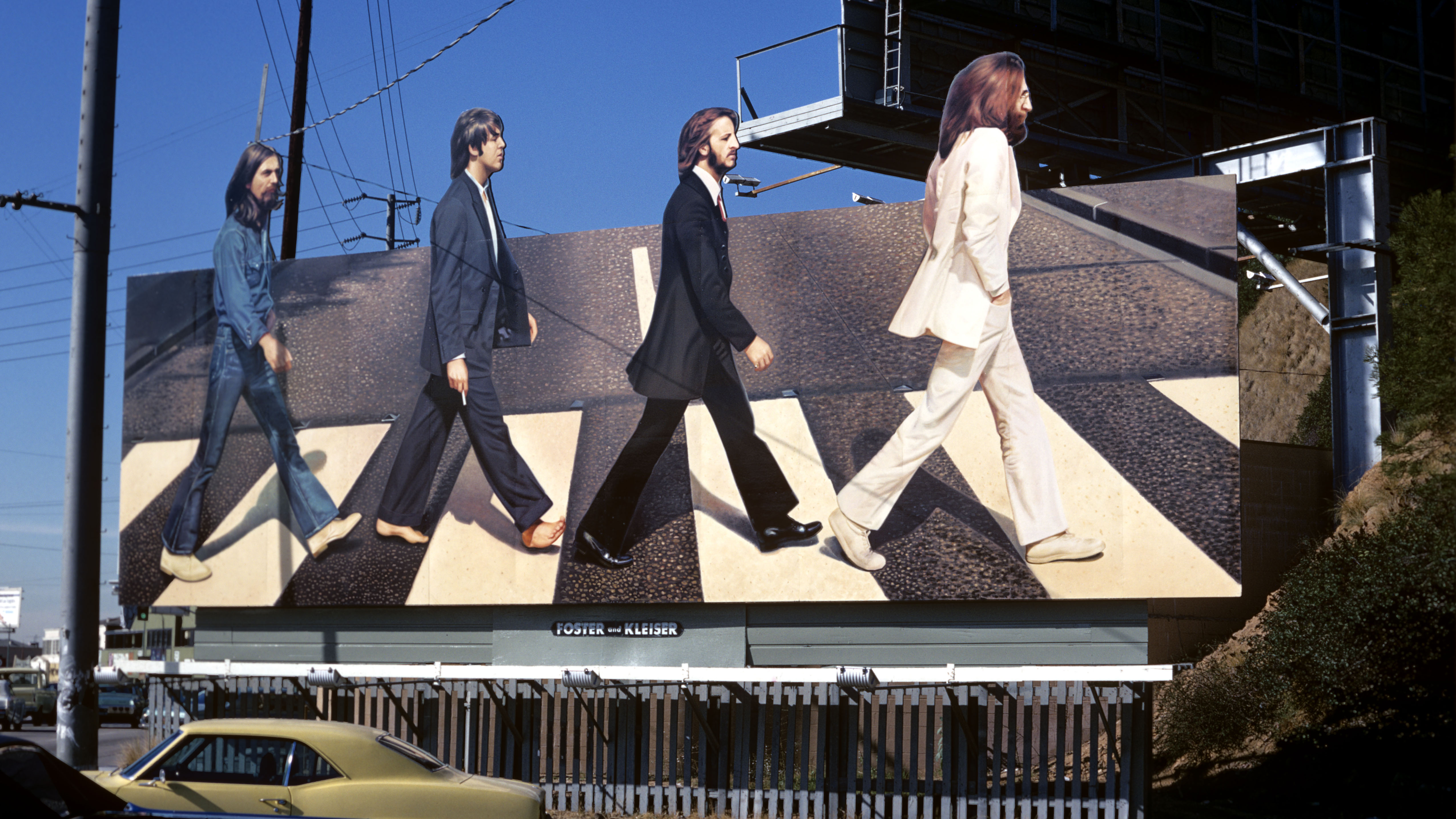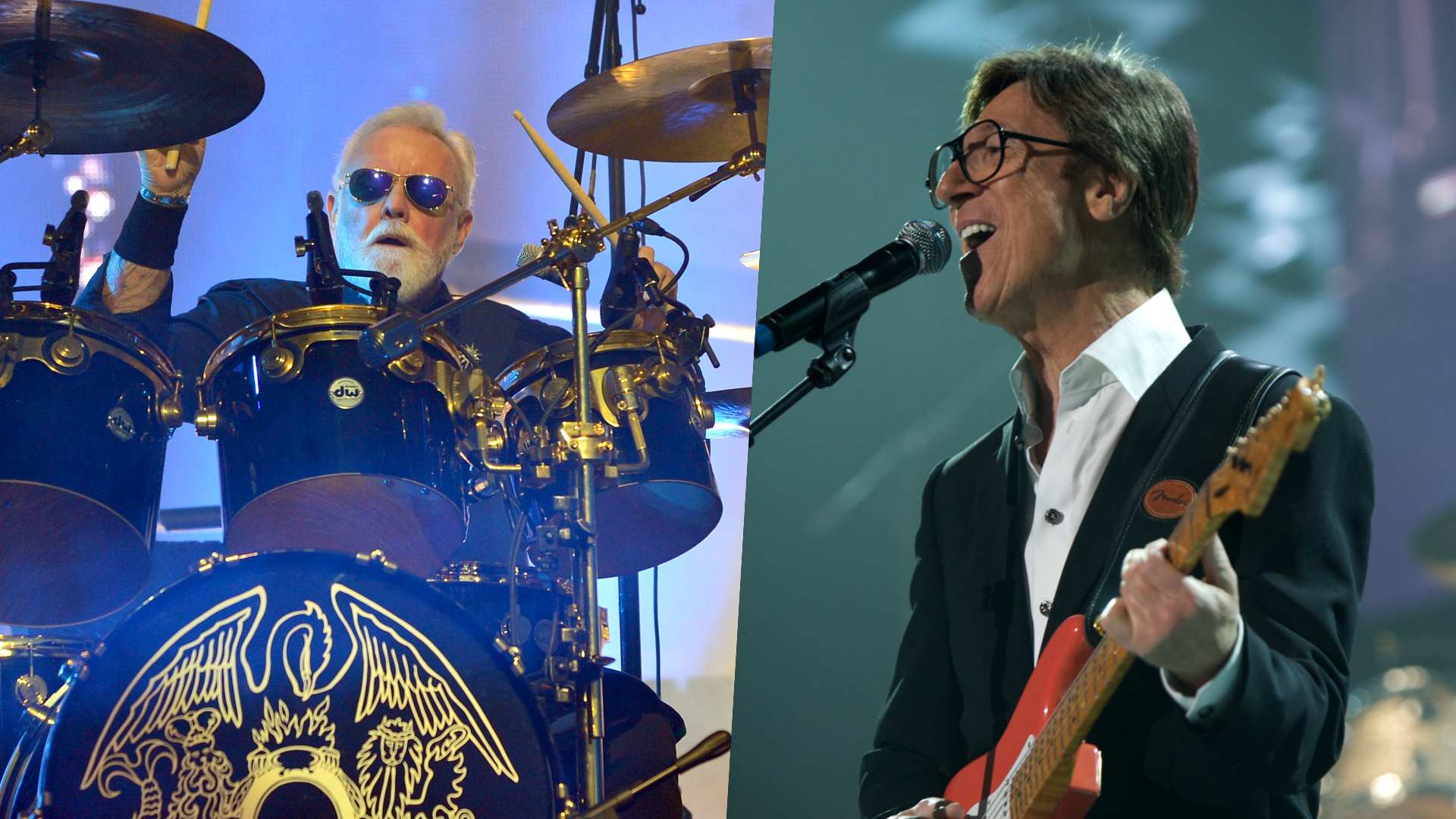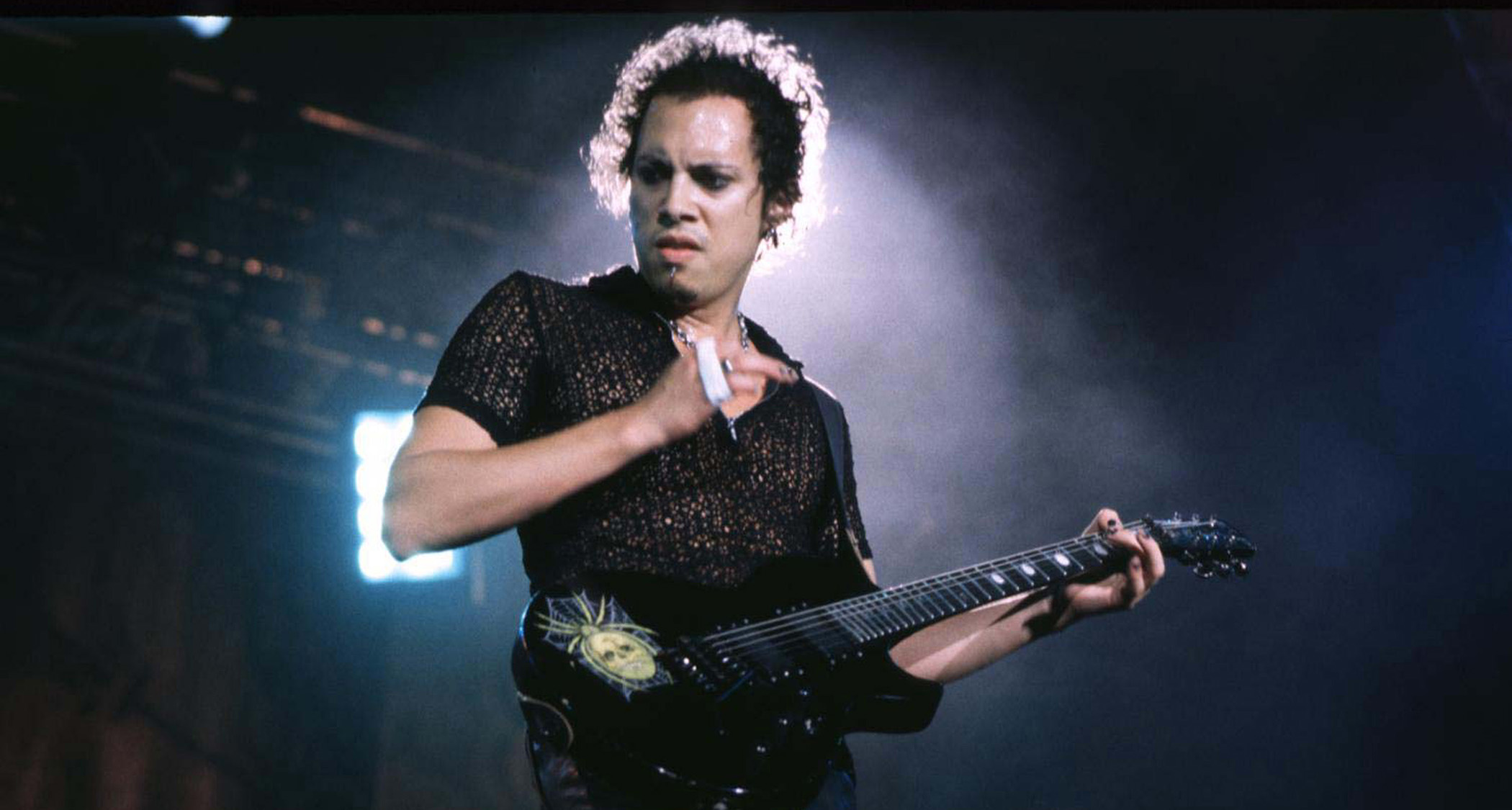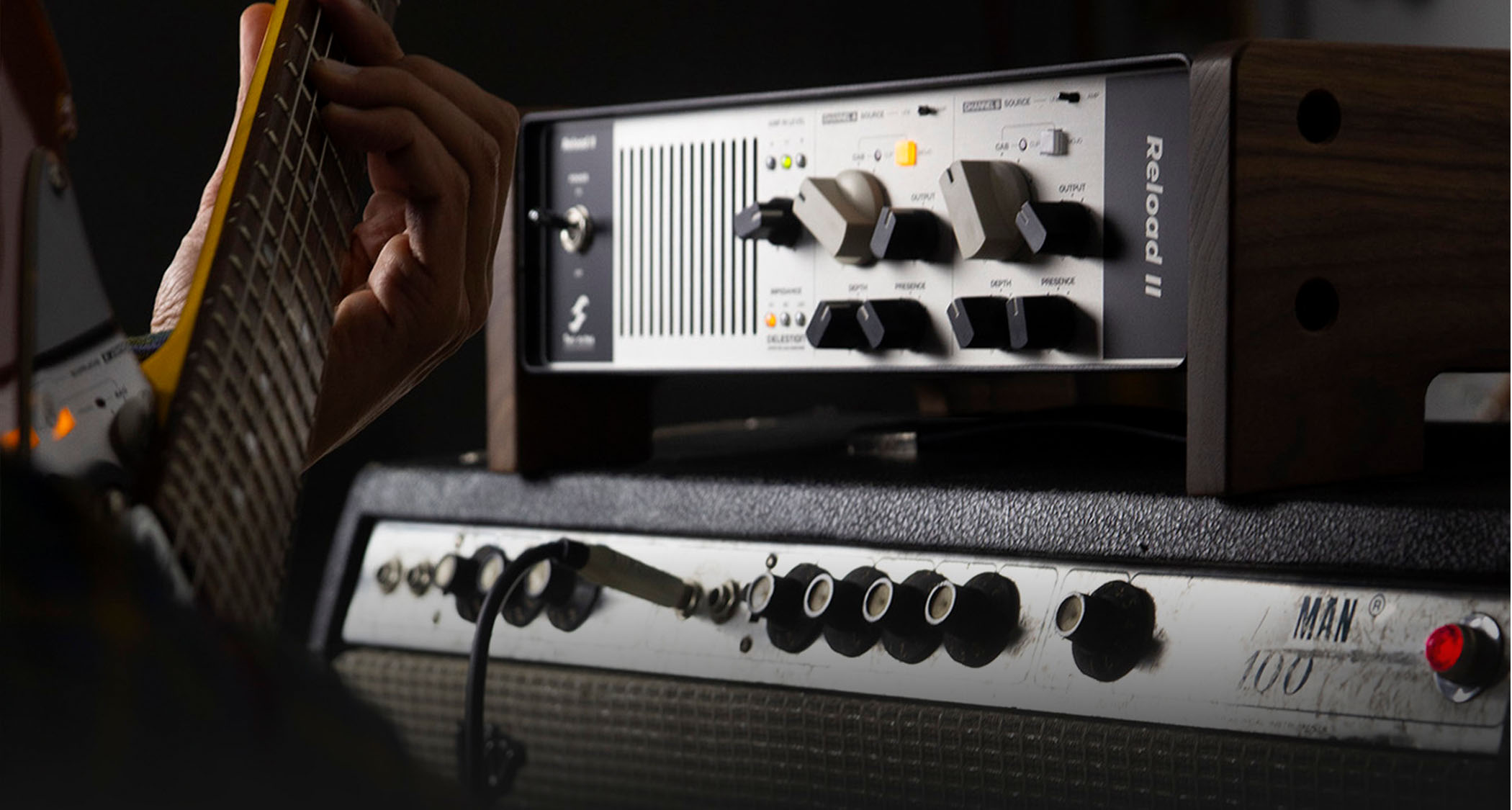“There was a full moon and the curtains were open. Every time I looked up for ideas, I looked at the moon”: How teen prodigy Kate Bush created her timeless classic Wuthering Heights
“Those shrieks and warbles are beauty beyond belief,” said John Lydon

Imagine a world in which all record companies had the final say on which songs their artists released as singles.
In such a scenario, some of the greatest and most audacious songs ever recorded would have been consigned to album track obscurity, songs such as (I Can’t Get No) Satisfaction by the Stones, Smells Like Teen Spirit by Nirvana, What’s Going On by Marvin Gaye, Like A Rolling Stone by Bob Dylan, Purple Rain by Prince and Bohemian Rhapsody by Queen.
Mercifully, these artists had enough drive, self-belief and sheer dogged determination to fight their own corner.
Another such artist is Kate Bush, whose song Wuthering Heights would not have been released as a single if her label EMI Records had had its way.
The label wanted to release the track James And The Cold Gun instead, but the 18-yr-old Bush was determined that Wuthering Heights would be the lead single from her debut album The Kick Inside.
Bush was soon proved right. Following its release on 20 January 1978, the song rose to No.1 in the UK Singles Charts, knocking Abba’s Take A Chance On Me off the top spot and going on to become one of the most played records on the radio.
Wuthering Heights was everything a great single should be: bold, intoxicating and quite unlike anything else around when it was released.
Get the MusicRadar Newsletter
Want all the hottest music and gear news, reviews, deals, features and more, direct to your inbox? Sign up here.
Melodically and lyrically, the song broke new ground in terms of what a pop record could be, with a sound and style that spanned baroque pop, art rock and prog. Almost five decades on, it remains a compelling and timeless classic.
By the time Kate Bush released Wuthering Heights, she already had seven years experience honing her prodigious musical talent.
Born in 1958, she grew up in an artistic family near the leafy south-east London suburb of Bexleyheath. Her father was a GP and her mother was a nurse, and both encouraged Kate and her older brothers John and Paddy to learn instruments.
At the age of 11, Bush taught herself piano, learnt violin and began composing her own songs. When she was 14, her family sent a selection of her songs to various record labels, which yielded no interest.
Then a mutual friend passed the songs to Pink Floyd guitarist David Gilmour.
Gilmour was impressed, and a few weeks after Bush’s 15th birthday, they recorded a demo of her song called Passing Through Air.
Gilmour financed a more professional recording of three tracks in June 1975.
The engineer on these tracks was Geoff Emerick, whose work had been so pivotal in shaping the sound of The Beatles’ albums, including Revolver.
Bush’s demo was sent to EMI Records, who signed her and placed her on a two year retainer while she finished school. The label also gave her a £3,000 advance, which she used to fund mime lessons and to enrol on interpretive dance classes, taught by Lindsay Kemp, former teacher of David Bowie.
By then, Bush was a prolific writer, with over 200 songs under her belt.
She wrote Wuthering Heights at the age of eighteen, in a few hours late at night on 5 March, 1977.
The song was inspired by a 1967 BBC adaptation she had seen of Emily Brontë’s 1847 novel Wuthering Heights.
Bush was immediately captivated by the startling imagery.
"I just managed to catch the very last few minutes where there was a hand coming through the window and blood everywhere and glass,” she said on the BBC TV show Ask Aspel in 1978.
She composed the song in her south London flat sitting at her upright piano. “There was a full moon and the curtains were open,” she wrote in a letter to her fan club in 1979, “and every time I looked up for ideas, I looked at the moon.”
Bush wrote the song from the perspective of Catherine Earnshaw, Brontë's passionate, conflicted heroine, who haunts her lover Heathcliff. At its core, the song is dramatic, haunting and passionate, evoking a maelstrom of emotions.
Bush recorded Wuthering Heights during sessions for The Kick Inside debut album in July 1977, at George Martin’s Air Studios on Oxford Street, London. Sitting behind the 24-channel Neve console in Air's spacious Studio Two was Andrew Powell, a hugely accomplished producer, composer and arranger.
Powell had produced Bush’s demo back in June 1975, and in the weeks before the sessions, she played him a selection of material. “Kate came round to my flat and said ‘I’ve got another song’,” Powell told The Telegraph in July 2018. “So she sat down at the piano and played Wuthering Heights and said, ‘Do you think that might be all right to go on the album?’. I said, ‘Um, yes!’”
Powell was struck by the song’s dramatic atmosphere and other-worldly vocals. He recalled that the song was already so complete that “in a strange sort of way she’d already written the orchestra parts as, to my mind, they were implicit in what was there”.
Bush was keen to use her own band in the studio, but EMI was adamant that she used experienced session musicians. The live nucleus of the band that recorded Wuthering Heights consisted of Bush playing a Bösendorfer grand piano, Stuart Elliott on drums, Powell himself on bass and Ian Bairnson on guitar.
Sitting beside Powell was the fledgling house engineer Joe Kelly, who would go on to work with artists such as Paul McCartney and The Beautiful South. Kelly recalls that everyone on the sessions was hugely impressed by Kate Bush.
“Looking back, she was incredible and such an inspiration,” Kelly told Richard Buskin of Sound On Sound magazine in June 2004, “Her openness, her enthusiasm, her obvious talent… You couldn't keep Kate away from the sessions even if you had wild dogs and bazookas.
"She was just drinking it all up, learning everything that went on. The first moment she walked into the control room, I could tell that's where she wanted to be, in control of her own records. She was so astute and intelligent, and she was also phenomenally easy to work with. An absolute joy."
There is a compelling strangeness to Wuthering Heights and this is evident from the first line: “Out on the wily, windy moors we’d roll and fall in green”. Lyrically, it is quirky and fantastical but Bush delivers the lines with sheer conviction as she takes on the character of Catherine Earnshaw.
The song shifts through a number of key changes but opens in the key of A major with warm mellifluous piano from Bush and a beautifully controlled high-pitched vocal over the A–F–E–Db chord progression on the verse.
In the BBC’s 1978 Ask Aspel interview, host Michael Aspel asked Bush whether her voice was always that high. It was a question she would be asked again and again in interviews. “No it isn’t,” she replied. “It was specifically for that song that it was that high because of the subject matter and the fact that I’m playing Cathy and she was a spirit. And you needed some kind of ethereal effect and it seemed the best way to do it, to get a higher register.”
34 seconds into the song, the pre-chorus introduces an element of tension before the soaring chorus kicks in at 0:48. It’s a beautifully constructed song with inspired chord progressions throughout. It’s also impeccably performed and according to Joe Kelly, all sung in one take.
“Kate did just two or three passes, and that was that,” Kelly told Sound On Sound magazine. “There was no comping, it was a complete performance… She was such a mesmerising performer – she threw her heart and soul into everything she did."
On the outro, at 3:30, a guitar solo enters the mix, played by former Pilot and Alan Parsons Project guitarist Ian Bairnson, in the Studio Two control room. Bairnson played a Les Paul through a Marshall head and a Marshall 4 x 12, mic’d with a pair of Neumann U87s.
It’s a soaring solo, on which Bairnson echoes the top line vocal melody in parts, although Kelly regretted not mixing the solo slightly louder. “I always used to apologise to him whenever I saw him afterwards,” said Kelly.
One predominant element is the Hammond organ, played by Duncan Mackay, which bolsters the sound throughout.
David Paton, who plays bass on other tracks on the album, overdubbed a 12-string acoustic on Wuthering Heights, while producer Andrew Powell provided the tasteful, locked-in bass line.
One high point of Powell’s bass line is the high, hammered-on bass note at 0:44 and the subsequent slow glide down the neck into the chorus.
Powell also hired in a celeste, which was used for the chime-like arpeggios that also double with the piano motif during the song's intro and the sections preceding the chorus. Percussionist Morris Pert contributed crotales, which were also doubled with the piano motif.
The final overdubs were the orchestral parts – eight first violins, six second violins, six violas, six cellos and three French horns – which were recorded in Air’s Studio One, a vast room with high ceilings and a beautiful, bright sound. “Everything sounded great in there,” recalled Kelly.
Wuthering Heights was released on 20 January 1978 and reached No.1 in the UK, Ireland, Italy, Portugal, Australia and New Zealand. The song spanned boundaries and genres, and attracted some unlikely advocates, such as John Lydon. “Those shrieks and warbles are beauty beyond belief,” said the PIL and former Sex Pistols vocalist.
Bush had become the first female UK singer to get to No.1 with a self-penned track and the song’s success prompted the EMI boss who had doubted her instincts to buy her a Steinway piano to say sorry.

Wuthering Heights is a magnificent achievement that transformed Kate Bush into a star.
To her lasting credit, Bush continued to defy music industry expectations, staying true to her creative vision and setting in motion a body of work which is as compelling as it is unique.
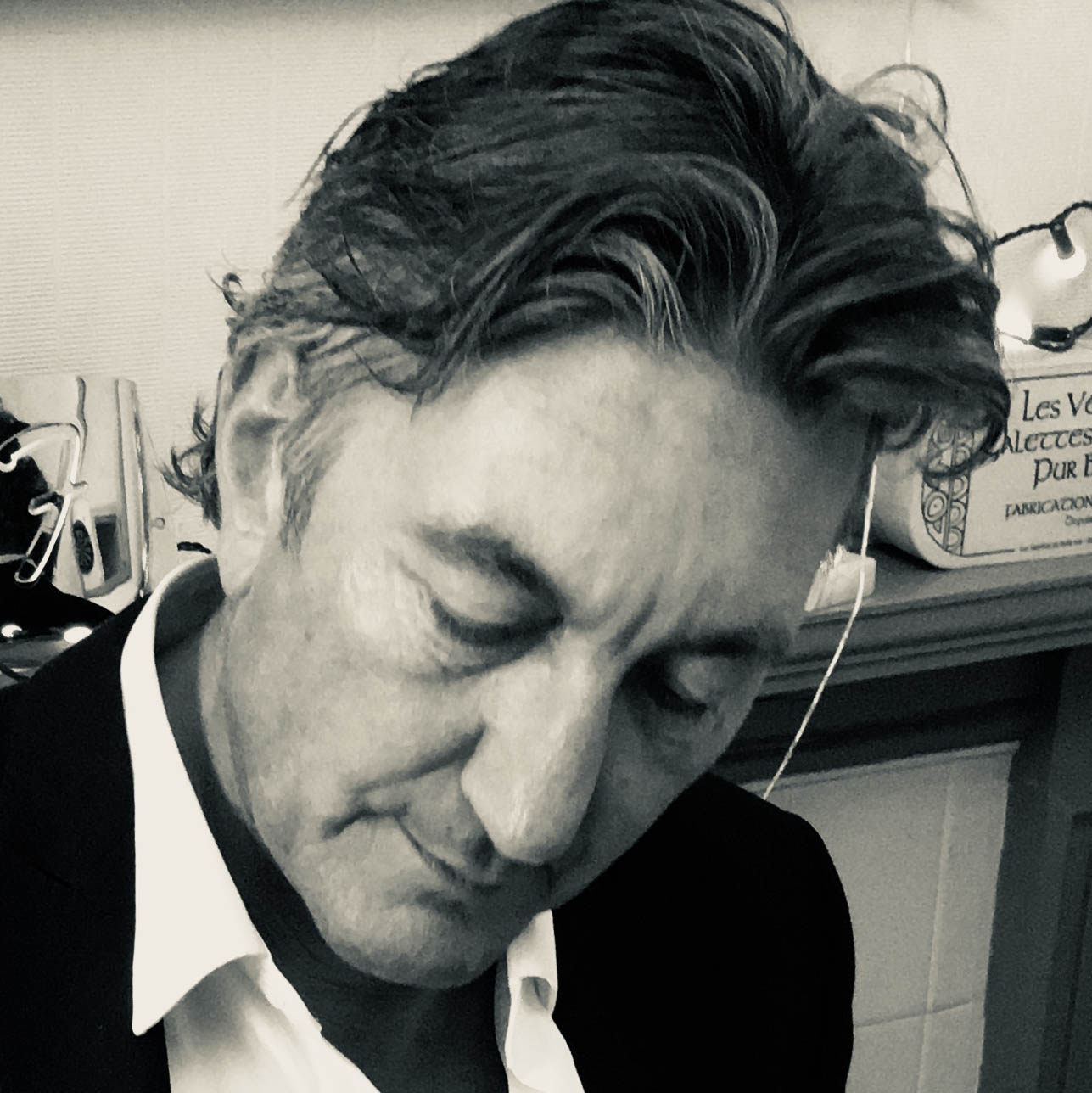
Neil Crossley is a freelance writer and editor whose work has appeared in publications such as The Guardian, The Times, The Independent and the FT. Neil is also a singer-songwriter, fronts the band Furlined and was a member of International Blue, a ‘pop croon collaboration’ produced by Tony Visconti.
You must confirm your public display name before commenting
Please logout and then login again, you will then be prompted to enter your display name.
